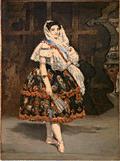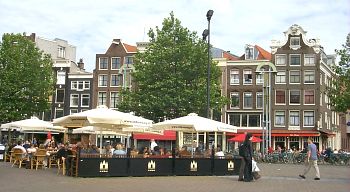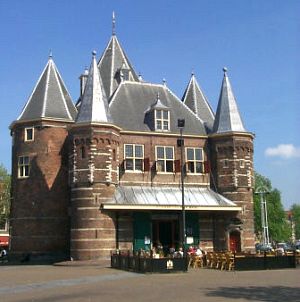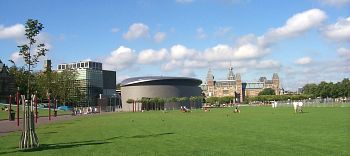Sherry
Sherry is from Jerez in southern Spain. This fine wine is often drunk as an aperitif, or traditionally in Andalucia, chilled with a variety of tapas.
Sherry is fermented from the Palomino and and Pedro Ximénez grapes. The Palomino grape makes a dry, delicate sherry and the Pedro Ximénez grape makes a fuller, sweeter type of sherry.
The grapes are picked usually during the first three weeks in September. The Palomino grapes are rushed to the presses to ensure freshness.
Drying is required for the Pedro Ximénez grapes, as they are too juicy when picked. They are laid on mats to partially dry in the sun, thus concentrating the sugars.
Pressing the grapes is usually done at night to avoid the heat of a typical Andalusian day.
The grapes are fermented in vats, and Flor, a yeast, forms on the surface of the wine in the vat. They say this prevents oxidization and adds flavor. If flor develops naturally, the wine is a determined to be fino.
The next step in the process is fortification. The addition of pure grape alcohol raises the level of spirit from a natural 11 percent to 18 percent for oloroso sherry, and 15.5 percent for finos.
Over the ages Jerez sherry producers developed a technique known as the solera system, which assures that the qualities of a sherry remain constant through the entire batch. The wine from the youngest solera (or top row of barrels in the cave) is mixed with the older wine in the barrels below and as a result takes on a smoothly blended character. Eventually the wine from the oldest solera in the bottom row is bottled as sherry.
In Jerez look for these brands of sherry: Barbadillo (Solear), Blázquez (Carta Blanca), Caballero (Puerto), Garvey (San Patricio), González Byass (Alfonso, Tío Pepe), Hidalgo (La Gitana, Napoleón), Lustau, Osborne (Quinta), Pedro Domecq (La Ina), Sandeman.
By Martin Trip, Editor of the Hip Guides.



 If you love art for the good old-fashioned pleasure of seeing paint beautifully applied to a canvas, then this is the show for you. The curatorial goal is to demonstrate the influence of 17thc Spanish artists—Velazquez, Goya and Zurburan—on 19thc French artists like Manet, Delacroix, and Courbet. But in order to make that convincing case, the curators also happened to assemble an extraordinarily gorgeous group of paintings. Half of these hail from what is referred to as the “Golden Age” of Spanish painting, and the other half from a time when the French avant-garde never looked better.
If you love art for the good old-fashioned pleasure of seeing paint beautifully applied to a canvas, then this is the show for you. The curatorial goal is to demonstrate the influence of 17thc Spanish artists—Velazquez, Goya and Zurburan—on 19thc French artists like Manet, Delacroix, and Courbet. But in order to make that convincing case, the curators also happened to assemble an extraordinarily gorgeous group of paintings. Half of these hail from what is referred to as the “Golden Age” of Spanish painting, and the other half from a time when the French avant-garde never looked better.

